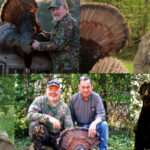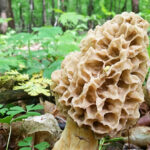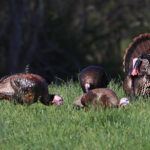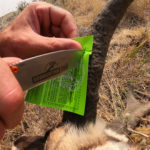The whitetail is the most popular game animal in America, so it’s unsurprising that myths developed around, no — engulfed, the species throughout the centuries. After all, despite everything we know, whitetails are still shrouded in mystery. Fortunately, researchers have made significant advancements in the past two decades, and peer-reviewed studies have debunked the following whitetail myths. Check them out, and then go correct your granddaddy.
- Myth: Deer Can’t See Color
Deer are commonly stated to be color blind, only seeing in shades of black, white, and gray. However, deer can see in color. According to leading biologists, they see in shades of blue, and perhaps other wavelengths, including yellow. In fact, it’s believed they can see blue 20-30 times better than humans. (Think of blue as a neon sign to deer.)
- Myth: Deer Hear Far Better Than Humans
Deer can’t hear much better than most humans do. While deer are more attuned to higher-pitched sounds, humans are believed to be slightly better at perceiving lower tones. That said, deer are much better than humans at pinpointing the source (direction) of a sound, and if it’s unnatural to the environment (safe or unsafe).
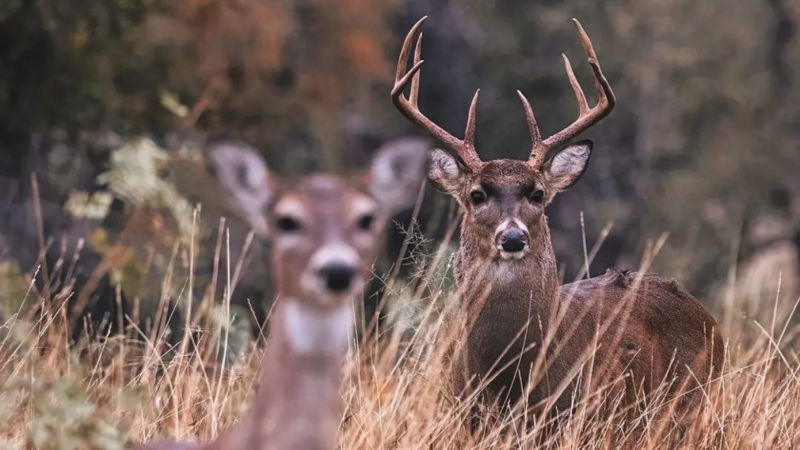
- Myth: Fawns Have No Odor
Fawns do have less scent than adult deer. That’s why does spend most of their time away from their offspring until they are strong enough to run from predators. However, fawns aren’t completely without scent. They have a slight smell.
- Myth: Lone Fawns Have Been Abandoned
Uneducated people commonly post photos of lone fawns saying they’ve been abandoned. Unless you know the doe is dead, the fawn has not been abandoned. It is common behavior for whitetail does to spend minimal time with their fawns to reduce the odds of fawns being predated.
- Myth: Sibling Fawns Are All Sired by the Same Buck
It’s commonly believed that fawns of the same “litter” are sired by the same buck. Sometimes, that’s true. But oftentimes, does are bred by multiple bucks, resulting in twins being half-siblings.
- Myth: Does Always Have Twin Fawns
Does don’t always have twin fawns. Oftentimes, a doe’s first fawn-rearing experience is a single fawn. After that, she tends to have two, but can have up to three or four in rare cases.
- Myth: Twins Are Generally Identical
Most whitetail fawns are not identical twins. Identical twins are actually quite rare. Generally, the doe produces two separate eggs, rather than one alone that splits.
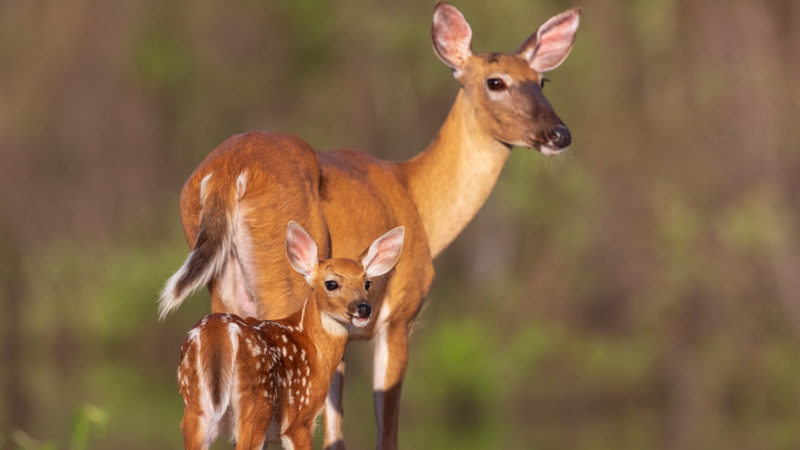
- Myth: Age Determines Reproductive Maturity
Age does not determine reproductive maturity in whitetails. Instead, deer must reach a certain weight threshold before they are able to reproduce. This tends to happen on a more rapid timeline in areas that offer higher quality habitat and food sources.
- Myth: Buck-to-Doe Ratios Get Crazy Skewed
Hunters routinely state their buck-to-doe ratios are 1:8, 1:9, or even 1:10. It is biologically impossible to have a pre-harvest ratio that’s so skewed. Because 50% of fawns recruited into the heard each year are bucks, you get an automatic correction each spring and summer. Because of this, it’s biologically impossible to have a reasonable, pre-harvest ratio more skewed than 1:4 or 1:5, and 1:2 or 1:3 are much more likely.
- Myth: Bucks Are Nocturnal
Most hunters claim they hunt nocturnal bucks. This isn’t true, though. To be truly nocturnal means that a buck does not move at all during daylight. To be clear, all deer move during daylight. Some move further than others, but virtually all bucks — mature ones included — move at least a short distance from their beds during daylight hours. Generally, when hunters never see bucks during daylight, they’re either not close enough to bedding areas, or are too far from natural lines of daylight movement.
- Myth: The October Lull is Real
Hunters have professed a purported October lull for decades. It’s fake news, though. Research shows that daylight deer movement increases (mature bucks included) throughout summer, fall, and peaks during the rut. Only then does daylight movement begin to decrease.
- Myth: Bucks Rub and Scrape to Mark Territory
Bucks make rubs to peel velvet, strengthen neck muscles, take out aggression, and more. Scrapes are made to communicate hierarchy, breeding status, etc. Unlike with coyotes, wolves, and other predators, marking territory isn’t a factor with whitetail sign making.
- Myth: Scrapes Are Used Heavily During Daylight
The overwhelming majority of scrape visits are made at night. Some are visited during daylight, especially those located close to bedding areas, but these are the exception and not the rule. Furthermore, one-time-use impromptu scrapes made from aggression during the rut do not count as true, ongoing scrapes.
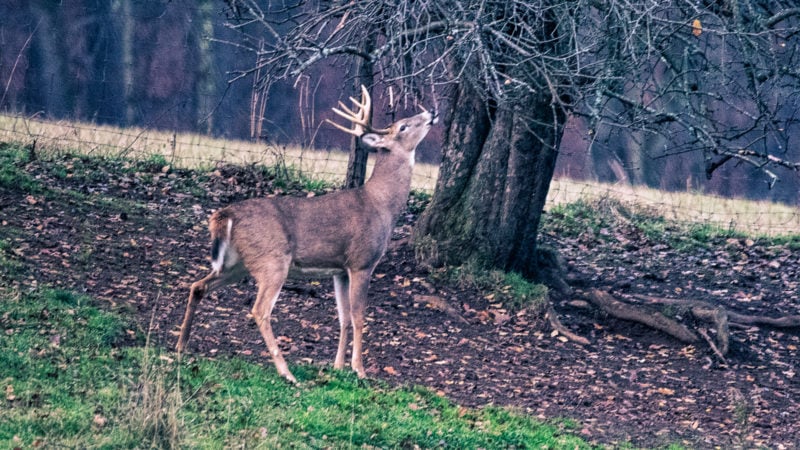
- Myth: High Winds Shut Down Deer Movement
Penn State University has released interesting data showcasing that high winds can reduce doe and fawn movements. However, in contrast, mature buck movements tend to increase under higher winds during daylight hours.
- Myth: Mature Bucks Live in the Remotest Areas
Whitetail bucks prefer seclusion, but that can look different to them than us. Deer frequent areas wherever they find their basic needs (cover, food, and water) and reprieve from hunting pressure. That might be in a very remote rural area, but it can also be pockets of cover in suburban areas, inside city limits, etc.
- Myth: A Buck’s Core Area and Home Range Grow with Age
It was a longheld belief that bucks’ core areas and home ranges grow with age, but it isn’t true. The overwhelming majority of core areas and home ranges decrease as bucks age. This is because they become more familiar with their surroundings and get more comfortable with certain areas where they feel safest. As a result, they spend much more time in these locations, rather than the greater portion of their home ranges which see decreasing use percentages.
- Myth: Rubs Determine the Size of the Buck
An age-old saying is that you can determine the size of the buck by the size of the trees it rubs. That’s false. While it’s generally true that big bucks make big rubs, they also make small rubs, too. A more accurate statement is that small bucks almost always make small rubs, and big bucks make big and small ones.
- Myth: Lip Curling Is for Checking Estrus Status
Bucks and other cervids have been lip curling since the beginning of time. It was believed for many years that males do this to check estrus status. Research has proven that false. Lip curling exposes the vomeronasal organ, which is in the roof of the mouth. This action allows scent to pass across the organ, which elevates the buck to peak reproductive status. Ultimately, it’s a stimulant for whitetails.
- Myth: Buck’s Contribute the Most to Their Offspring’s Antler Potential
Hunters oftentimes say that bucks determine the size of their offspring’s antlers. Actually, does contribute 50% of the antler genetic code. Furthermore, does are responsible for the buck’s first year of life. If they don’t do well, the buck’s first rack (and subsequent sets) can suffer. Therefore, does have a greater impact than a buck on an offspring’s antler growth.
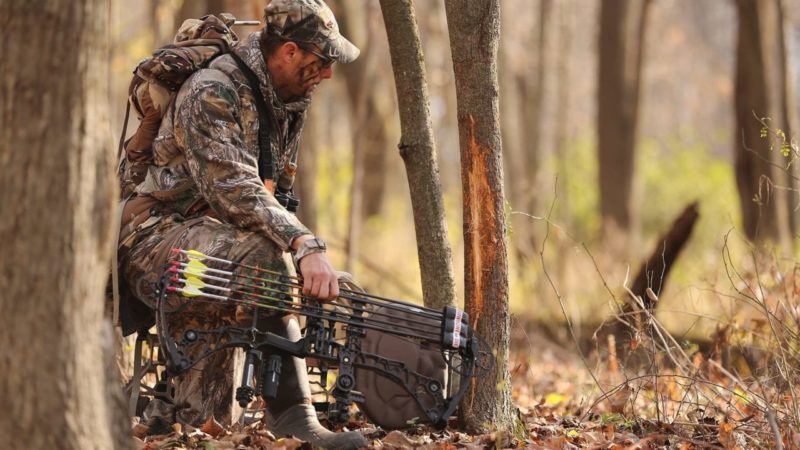
- Myth: Dominant Bucks Get All the Does
Throughout much of the country, the whitetail rut is very defined. The northern half of the country sees a rut where the vast majority of does enter estrus within a 10-15-day window. Thus, it’s virtually impossible for dominant bucks to breed all the does. Younger, less dominant bucks participate, too.
- Myth: Culling Improves Wild Whitetail Antler Genetics
Hunters have been throwing around the cull buck theory for decades, and it’s a big, fat lie. Numerous studies have proven that hunters cannot impact the genetics of a wild whitetail herd. There are too many uncontrollable factors. First, antler growth is impacted by four things, including age, environmental conditions, genetics, and nutrition. Hunters can influence only two of those — age (allowing deer to get older) and nutrition (improving the habitat).
Furthermore, does contribute half of their offspring’s antler genetic code, and there’s no way to determine if a wild doe has good genetics to pass on or not. Also, the doe takes care of a buck for the first year of its life, and if she does poorly, it can impact a buck’s antler production for the rest of its life. Furthermore, recent research shows that antler genetics aren’t as highly heritable as once believed. Other factors are in play, too, but these are the biggest supporting reasons that this myth is debunked.
Overall, knowledge is power. The more you understand whitetails, the better whitetail hunter you will be, and the more truth you can drop on your hunting buddies at deer camp this fall. Just don’t make grandaddy too mad.

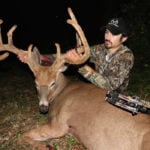 By
By 